Humans news stories
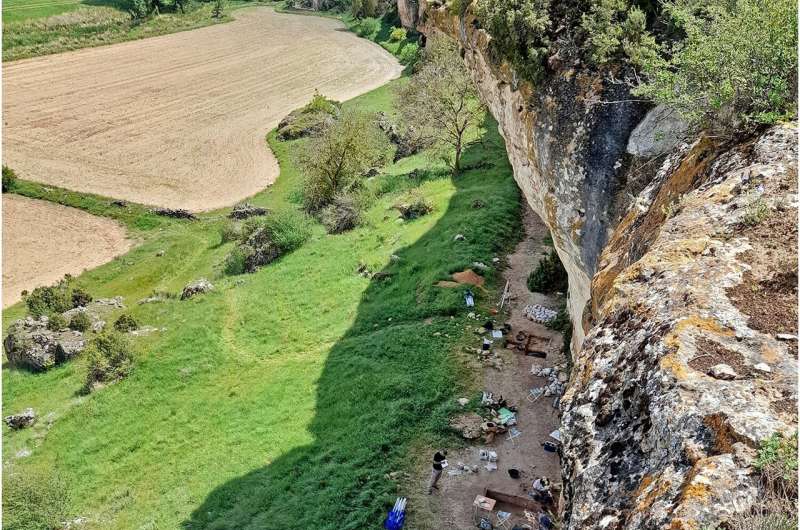
Paleolithic human populations survived even in the coldest and driest upland parts of Spain, according to a study published October 4, 2023 in the open-access journal PLOS ONE by Manuel Alcaraz-Castaño of the University of Alcalá, Spain, Javier Aragoncillo-del Rió of the Molina-Alto Tajo UNESCO Global Geopark, Spain and colleagues.
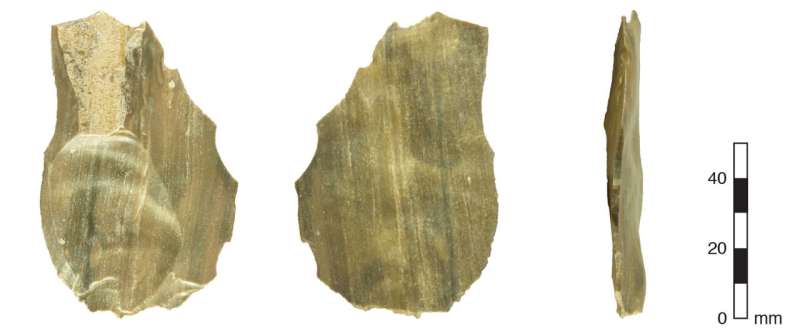
Their findings support previous research conducted in Arabia suggesting this green, overland route, which is now desert, was favored by traveling Homo sapiens heading north. The paper, “Human dispersals out of Africa via the Levant,” has been published in the journal Science Advances.
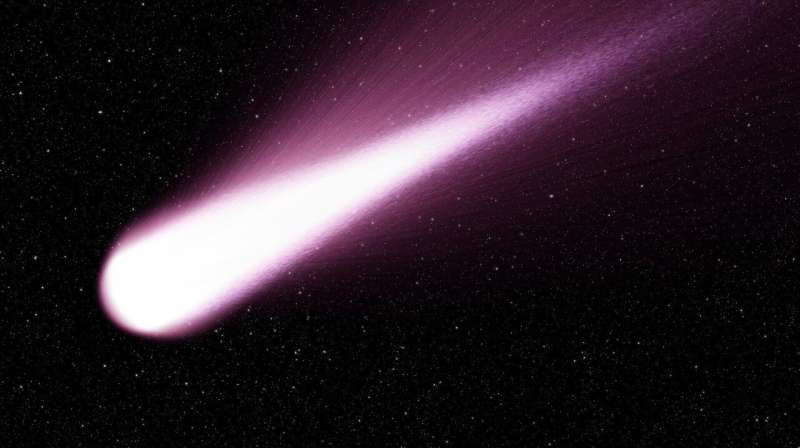
Agriculture in Syria started with a bang 12,800 years ago as a fragmented comet slammed into the Earth’s atmosphere. The explosion and subsequent environmental changes forced hunter-gatherers in the prehistoric settlement of Abu Hureyra to adopt agricultural practices to boost their chances for survival. That’s the assertion made by an international group of scientists in one of four related research papers, all appearing in the journal Science Open: Airbursts and Cratering Impacts.
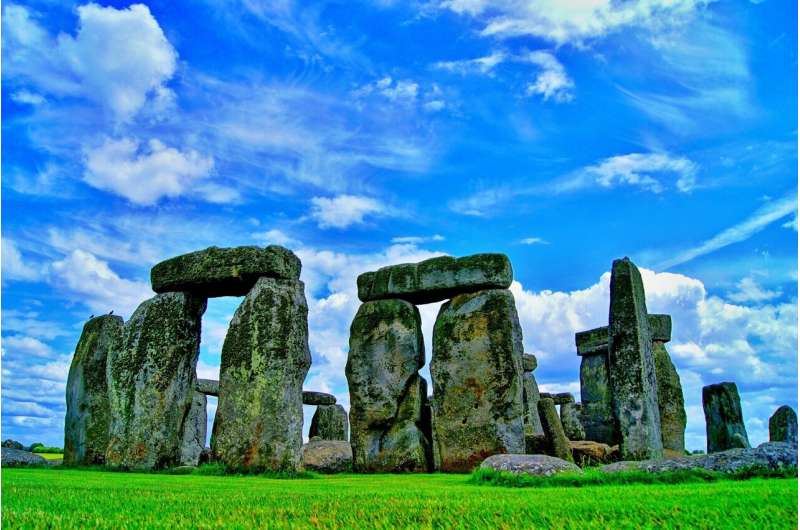
In a paper, “The Stonehenge Altar Stone was probably not sourced from the Old Red Sandstone of the Anglo-Welsh Basin: Time to broaden our geographic and stratigraphic horizons?,” published in the Journal of Archaeological Science, the research team details how newly acquired information is overturning a hundred-year-old theory.
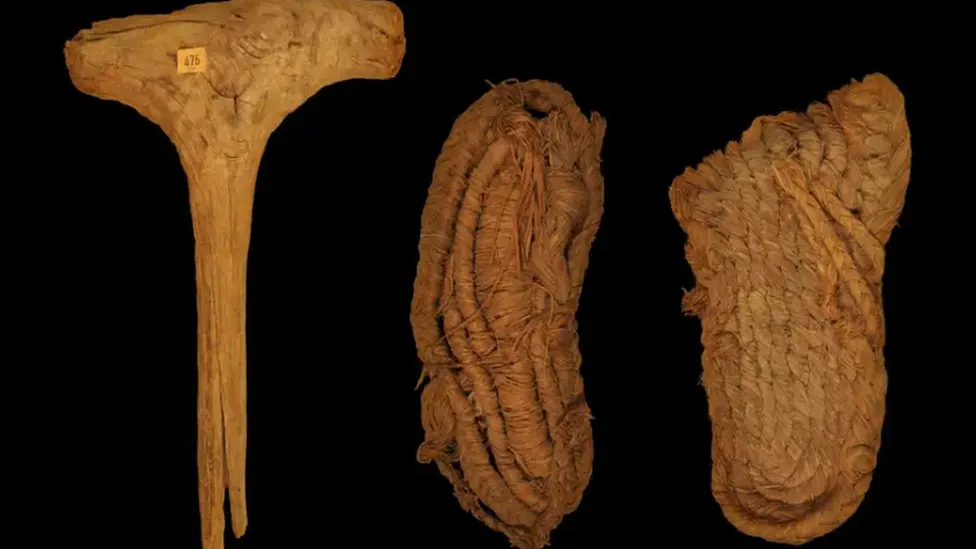
Scientists say they have identified Europe’s oldest shoes, sandals woven from grass thought to be around 6,000 years old. They were among a haul of ancient objects discovered in a bat cave in Spain plundered by miners in the 19th Century, but were analysed in a new study.

Life-size carvings of camels have been found in the Saudi Arabian desert, but archaeologists aren’t sure who created them and when….Radiocarbon dating of two trenches and two hearths nearby indicate that the Sahout site was repeatedly occupied between the Pleistocene (2.6 million to 11,700 years ago) and the Middle Holocene (7,000 to 5,000 years ago), according to the study.

Civil war has broken out in the field of consciousness research. More than 100 consciousness researchers have signed a letter accusing one of the most popular scientific theories of consciousness – the integrated information theory – of being pseudoscience. Immediately, several other figures in the field responded by critiquing the letter as poorly reasoned and disproportionate.
Image by: Martin420 (Wiki Commons)

In 1976, Alexander “Sasha” Shulgin was on a roll. The “godfather of psychedelics” had left the Dow Chemical Company, where, after developing the first biodegradable pesticide, he’d been given the freedom to research psychedelic compounds.
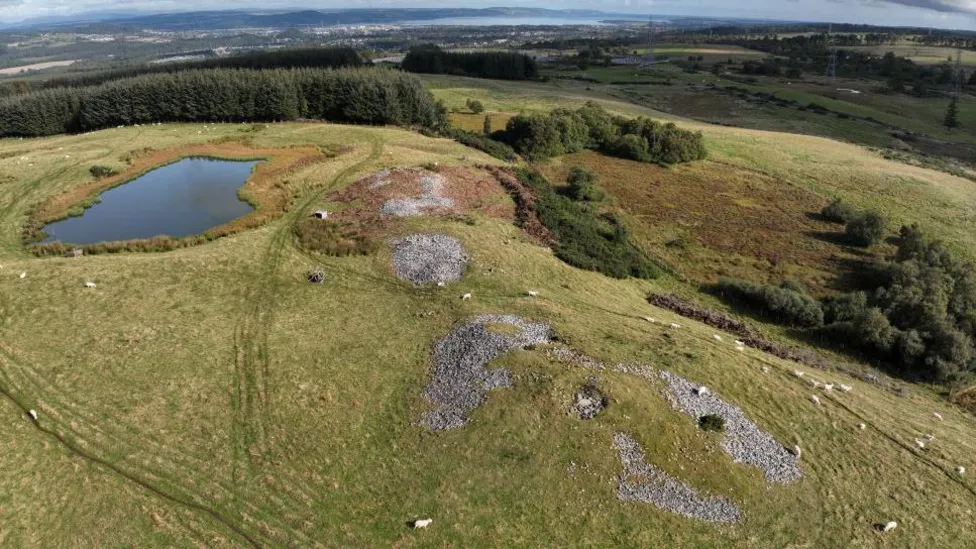
New images have been made of one of Scotland’s most significant prehistoric burial sites. Carn Glas, near Inverness, is thought to date to the Neolithic period and be about 5,000 years old.

More research is showing that we carry genes from other kinds of ancient humans, and their DNA affects our lives today.
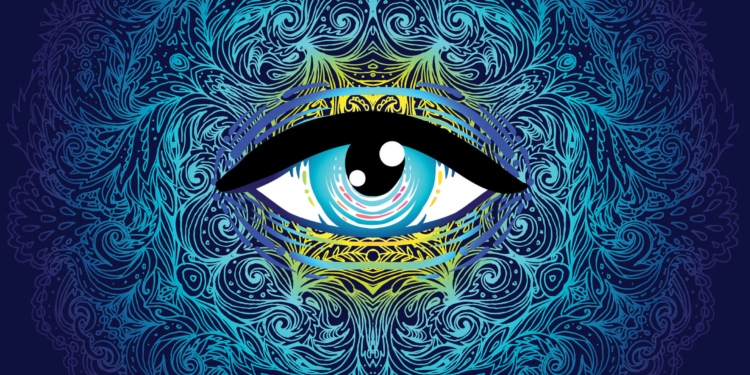
A recent study, published in the Journal of Psychoactive Drugs, delves into the mysterious world of DMT (dimethyltryptamine) experiences reported on Reddit. Researchers sought to understand the profound sense of familiarity that some users encounter during DMT-induced experiences and the potential implications of this enigmatic phenomenon.

Archaeologists in Kazakhstan have discovered a 3,800-year-old hexagon-shaped structure that they describe as a “pyramid.” The maze-like structure is not as tall as Egypt’s monuments, but currently stands about 10 feet (3 meters) high and likely served as an elite burial site.
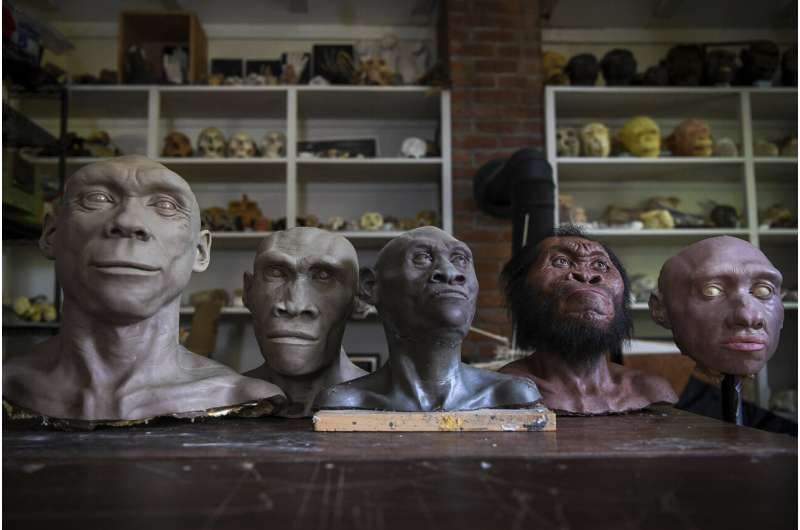
In recent years, researchers have gained the power to pull DNA from ancient hominins, including our early ancestors and other relatives who walked on two legs. Ancient DNA technology has revolutionized the way we study human history and has quickly taken off, with a constant stream of studies exploring the genes of long-ago people.
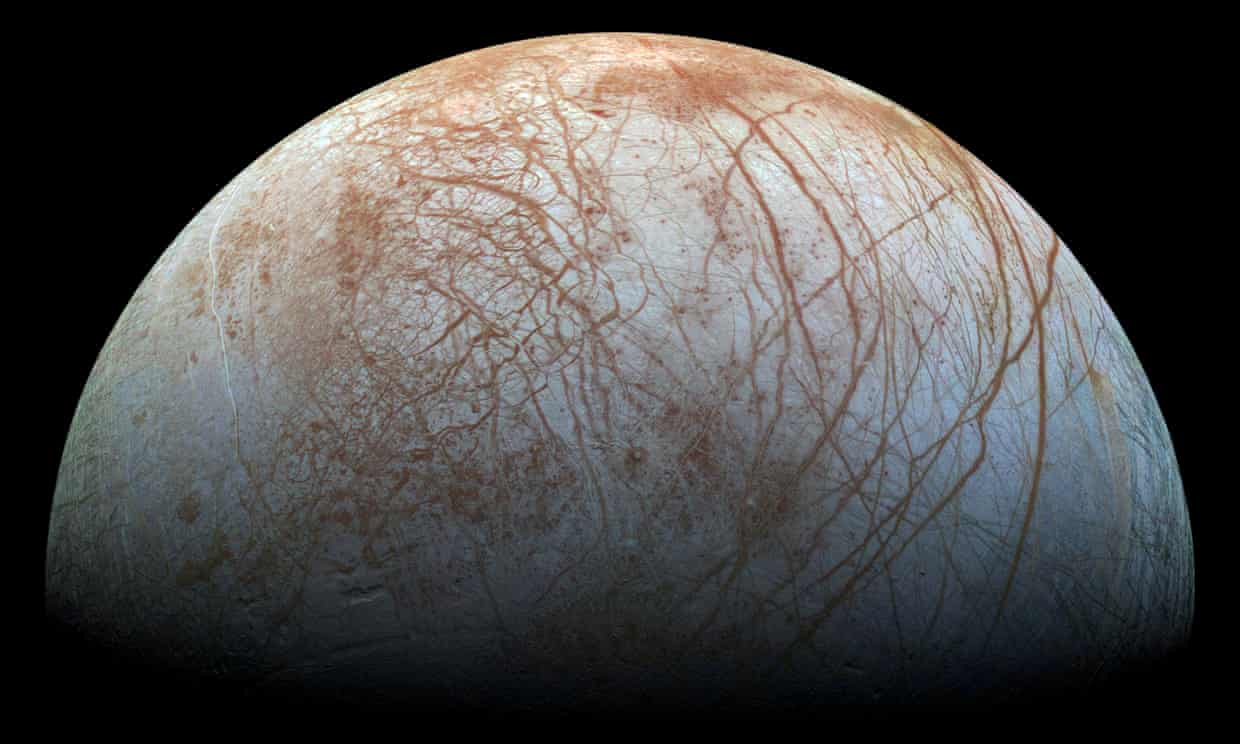
The vast subterranean ocean of Europa, one of Jupiter’s many moons, contains carbon, one of the crucial ingredients for life, scientists have discovered.

A study led by researchers at MIT, the University of Florida, and in Brazil aims to settle the debate over dark earth’s origins. The team has pieced together results from soil analyses, ethnographic observations, and interviews with modern Indigenous communities, to show that dark earth was intentionally produced by ancient Amazonians as a way to improve the soil and sustain large and complex societies.
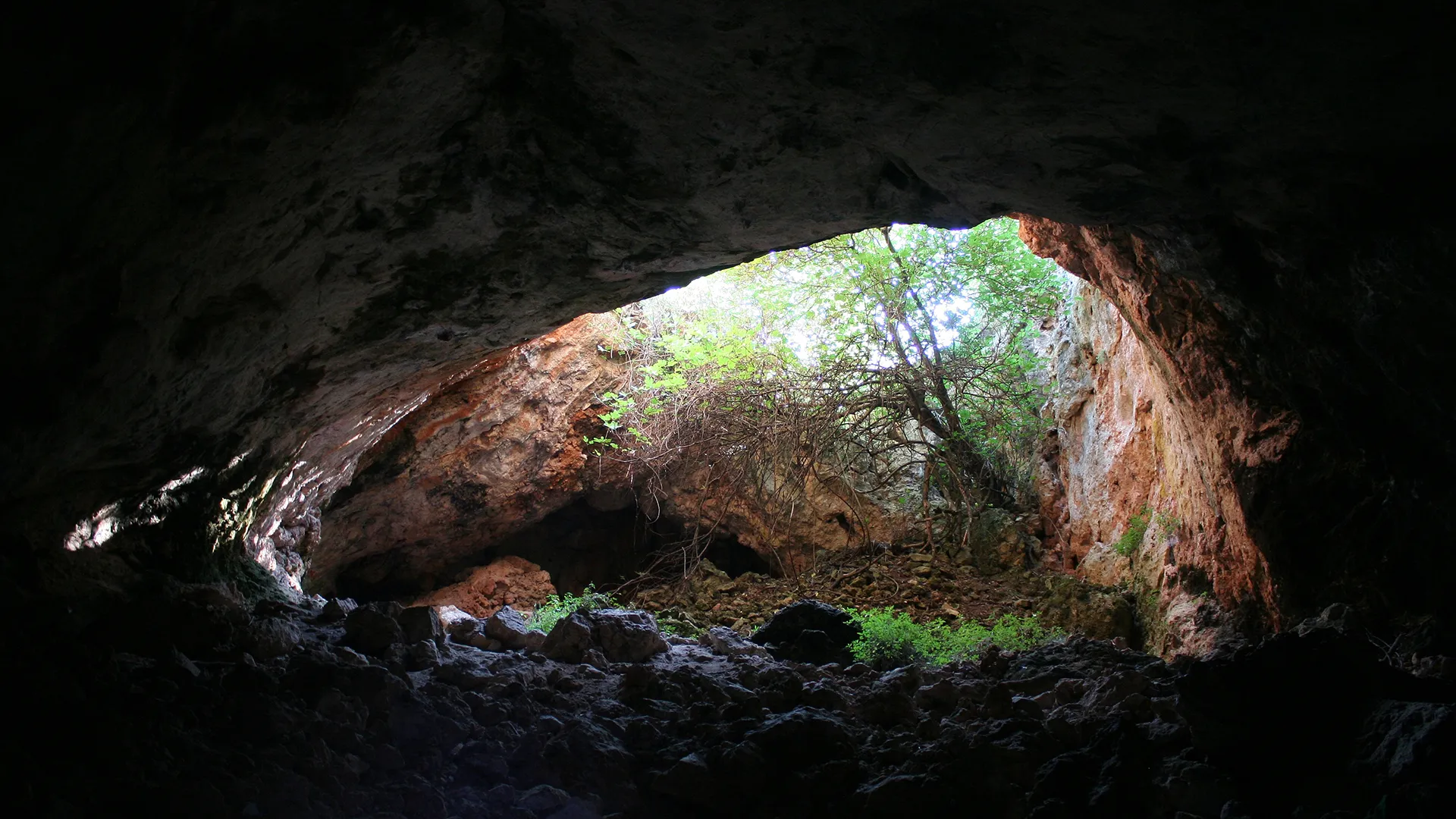
A new study suggests that Spain’s ancient peoples shared complex beliefs about death and the afterlife. The research has been published in PLOS One








